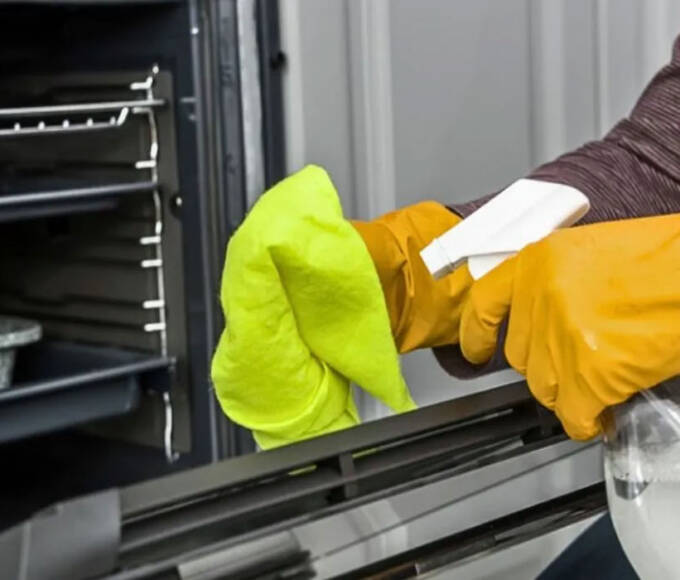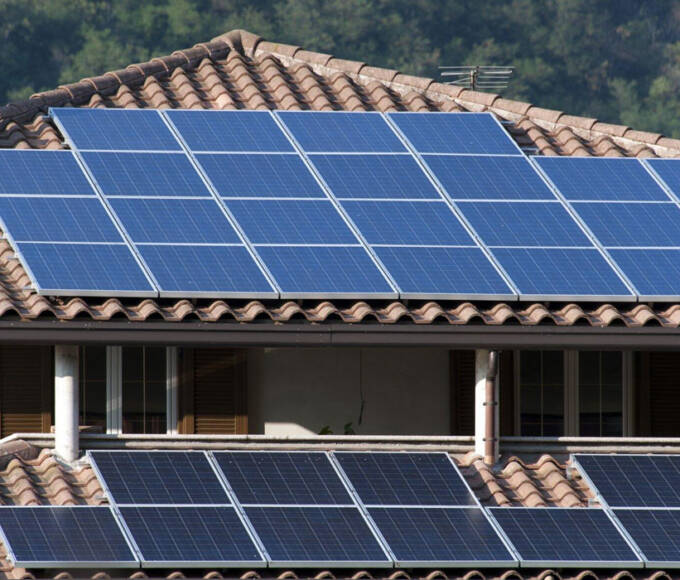If you’re dealing with water damage, acting quickly to prevent further damage and restore your home to standard is essential. However, knowing how much the repairs will cost is tricky since many factors influence it.
The first thing you should do is determine the type of water and the extent of the damage. Then, determine what the repairs will cost and subtract that from the home’s market value.
Costs of Materials
Regarding water damage repair, the materials used are a huge factor. The cost of the repairs can depend on the type of material, the amount of damage, and how complicated the cleanup is.
For instance, restoring hardwood floors is much cheaper than replacing carpeting. The costs also vary by the building’s construction and features.
Another factor is the water type: if it’s clean, it’s less expensive to restore. On the other hand, if it’s contaminated, it’s more costly to clean up.
The most expensive type is blackwater, which can be contaminated with human waste or other contaminants. It’s usually the result of sewer line backups and flooding from rivers or other sewage sources. This type of damage is complicated to repair. It requires specialized cleaning procedures and treatment of all impacted areas to prevent mold growth. This is why it’s essential to dry the site as soon as possible after a water loss.
Costs of Labor
The cost of water damage repair is primarily determined by the amount of labor that needs to be used. This includes the work required to eliminate the moisture source, the damage’s extent, and the difficulty of removing or cleaning the affected material.
The type of water that infiltrates a home can also impact repair costs. For instance, clean water (water that doesn’t have any contact with chemicals or biohazardous materials) is less expensive to remediate than black or gray water.
Costs of Equipment
The cost of drywall water damage repair varies according to the type of damage that occurred and the extent of the repair. It also depends on the equipment used in water extraction and restoration.
The water is sucked out from the floor, and the basement can be clean or dirty. The latter is more costly because it has been tainted by fecal matter and requires extra precautions and treatment to avoid further contamination and mold growth.
Gray water is also contaminated with toxic substances. This water is called sullage and comes from sinks, washing machines, and bathtubs.
These water types can come from various sources, such as sewage backups, underground water, and lakes or rivers. The water will be contaminated with bacteria, impurities, and chemicals in these cases. This can be a huge challenge to fix and will increase the water damage repair costs by more than usual. The water restoration professionals must treat the contaminated area before working on the rest of the property.
Costs of Cleaning
The cost of cleaning can be a hefty chunk of your repair budget. You need to know a few things about the process, starting with the type of water damage you have.
Using the right cleaning products for your situation can save you money in the long run. Some of the best products available are made from natural ingredients, such as vinegar, baking soda, and baking powder.
Water-related damage comes from overflowing dishwashers, washing machines, and toilets. These may contain detergents, food debris, or cleaning solutions that can cause health issues if not dealt with quickly.
Many of these spills will require special cleaning and drying products to restore them to their original state. A clean water leak, however, is the cheapest and least complicated to repair.








